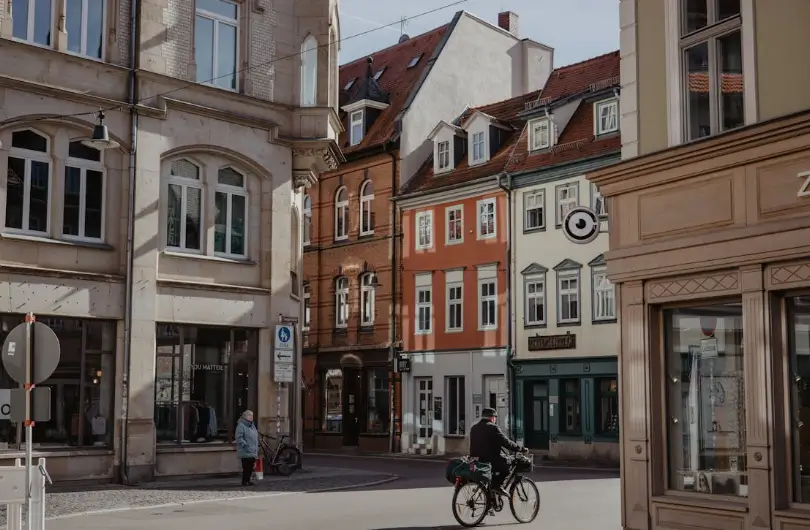Why Your Neighborhood Is Boring, and How to Fix It
Take a stroll through the average American neighborhood and you’ll probably find… not much. A row of nearly identical houses, a mailbox or two, and maybe...maybe a kid on a scooter if it’s not 100 degrees out. The streets are wide, the sidewalks are narrow (if they exist at all), and every house is basically the same beige box with a two-car garage and a Ring camera. It’s not offensive, it’s just kind of... boring.
But why? How did we end up with places that are technically “nice” but feel completely lifeless? Why do our neighborhoods feel like the architectural equivalent of white bread?
WHY THE MEDIOCRITY!
Let’s break it down.
The Corner Store is Dead. Long Live the Drive-Thru.
Once upon a time, neighborhoods had corner stores. You know, those little places where you could grab a loaf of bread, some milk, and hear the latest gossip while pretending not to eavesdrop. They were walkable, social, and a little messy in the best way.
Then zoning came along and said: “No fun for you.”
All of a sudden, we were fascinated by the concept of separating EVERYTHING. Residential here, commercial over there, and never the two shall meet...unless it’s a massive strip mall on the edge of town. That means your daily life now involves hopping in a car to go get eggs, Tylenol, or a decent cup of coffee. And just like that, the small but mighty “third places”, the ones that gave neighborhoods flavor, were zoned out of existence.
Poof! Gone.
And when the only thing to do in your neighborhood is leave it? You’ve got a recipe for dull.
Streets Are for Cars, Not People
Here’s a fun experiment: try walking or strolling in a modern suburb without feeling like you're doing something wrong.
No, seriously.
You’ll get weird looks, cross endless driveways, and spend most of your time wondering where the sidewalk went.
That’s because we designed neighborhoods around the assumption that everyone drives...always. Streets are built wide enough for a tank, intersections are stretched out like taffy, and speed limits feel more like suggestions. It’s great for traffic flow, that is, if you're traffic. But if you're a human being who decides NOT to use the car? Good luck.
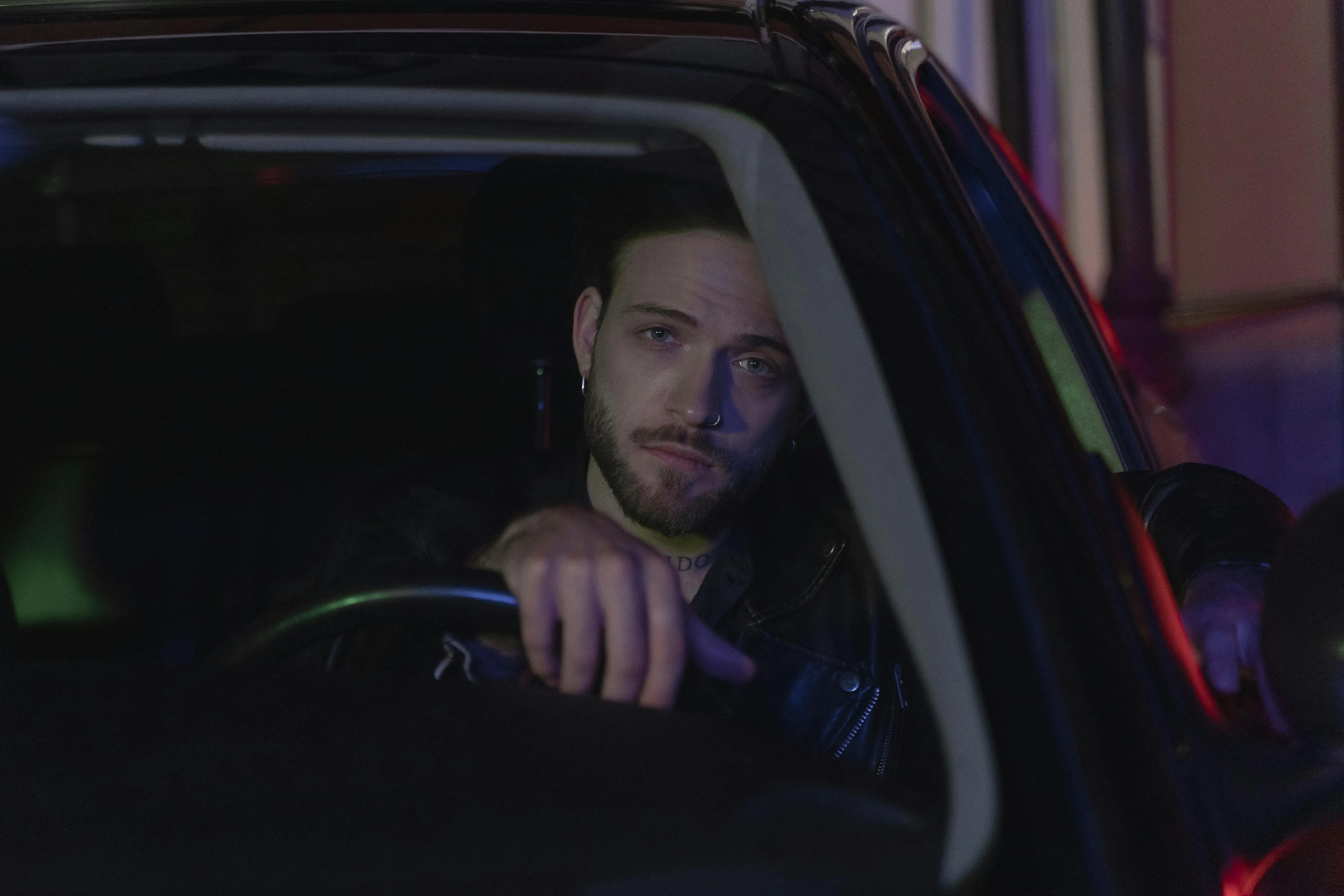
The sidewalks, when they exist, are usually narrow strips of concrete sandwiched between a storm drain and a mailbox. There’s no shade, no benches, no storefronts or stoops to say hi from. Just a whole lot of unsustainable, boring, lawn that you spend way too much time and/or money on.
It’s not that people don’t want to walk or stroll if you use a wheelchair, it’s that we’ve made walking, rolling, or just moving around so joyless and inconvenient that most folks don’t even try. And if no one’s out walking or moving about, there’s no chance of a casual “Hey, neighbor” or a kid learning how to ride their bike.
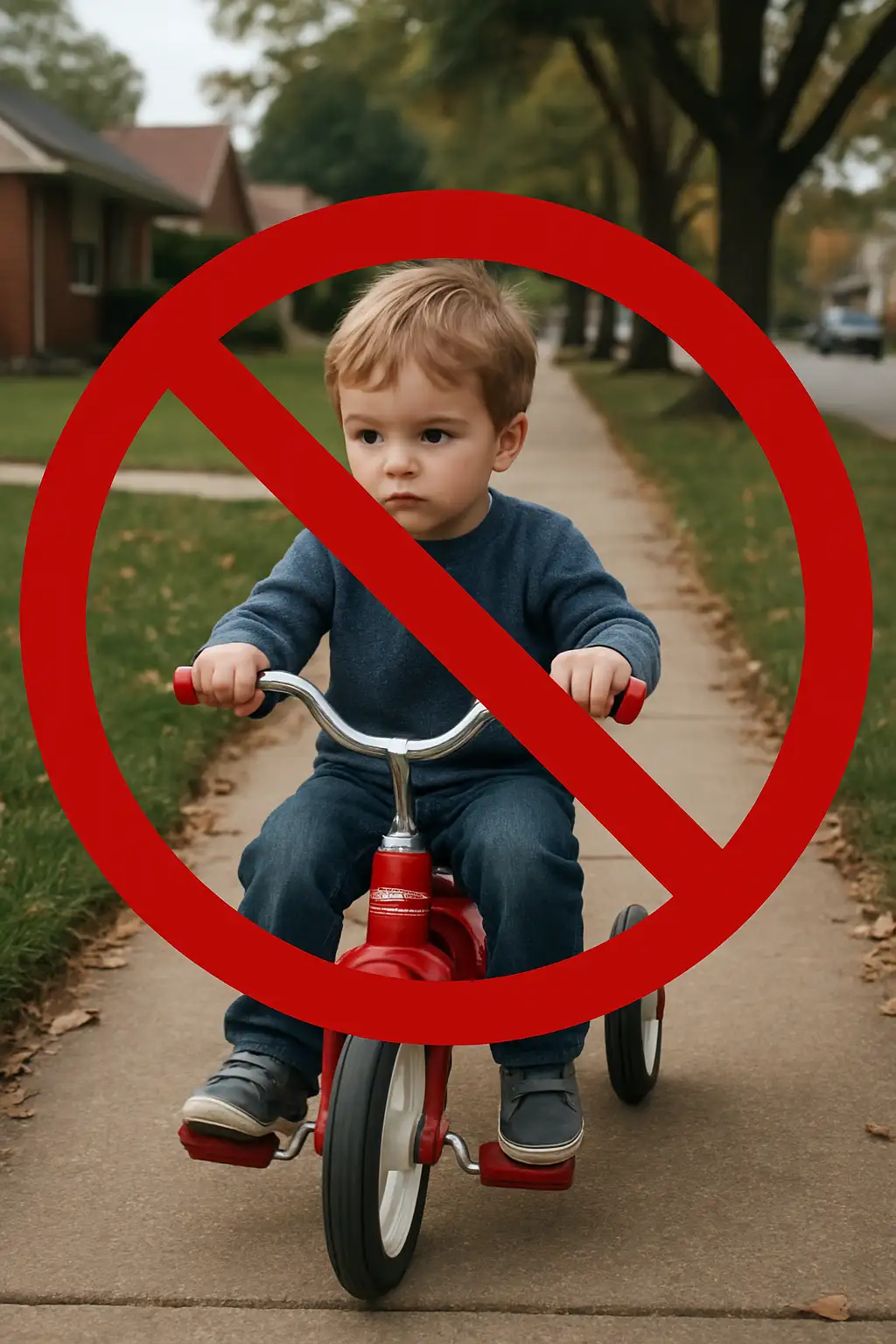
Instead, we get neighborhoods that are eerily quiet. Not that nice, restful and peaceful quiet, but rather that “did civilization collapse?” quiet.
Homogeneity Kills Surprise
There’s something oddly dystopian about driving into a neighborhood and forgetting which house is yours because they all look the same (don't pretend that hasn't happened to you). Same beige paint. Same three floorplans. Same two sad shrubs out front, clinging to life like they’ve seen some things.
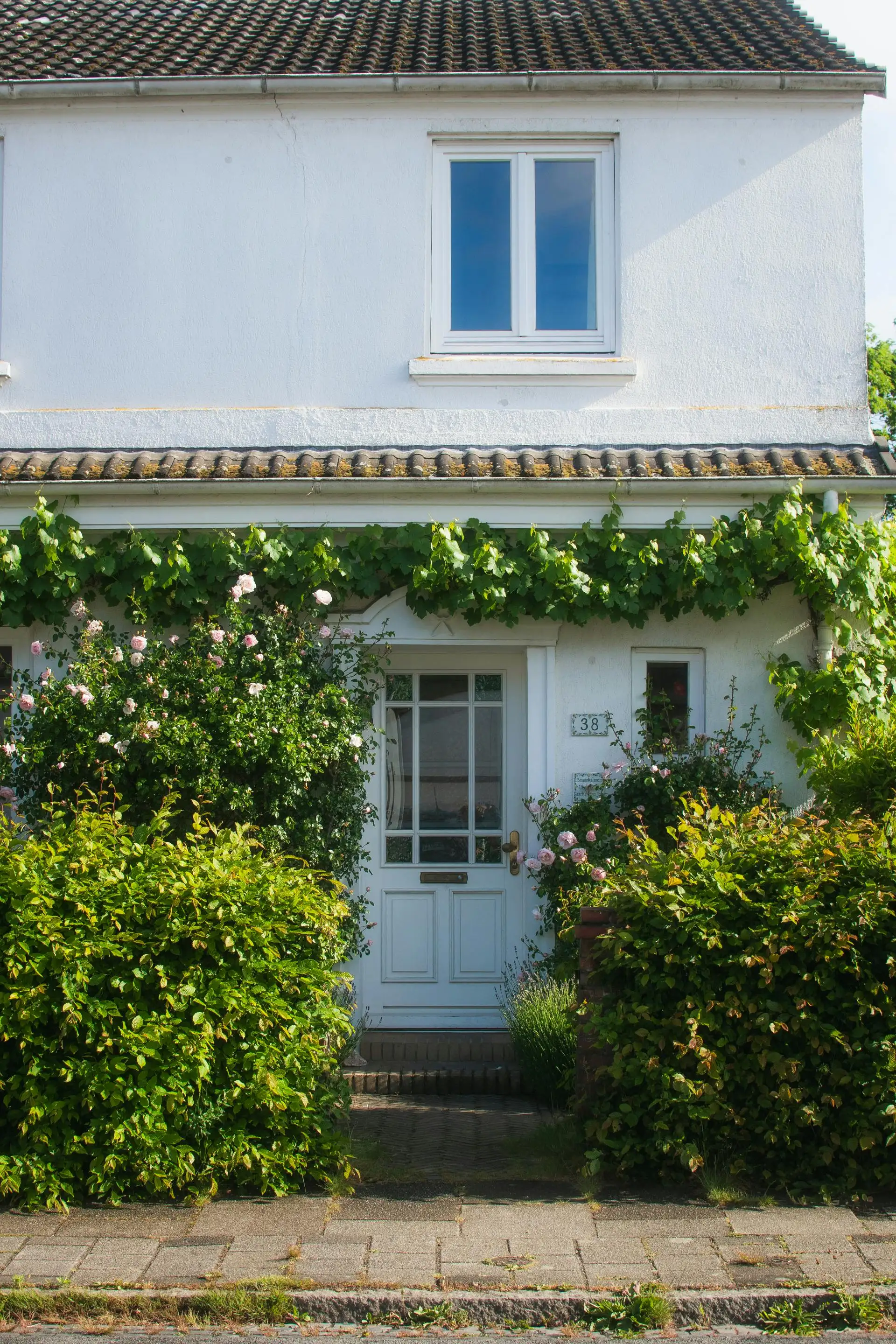
This isn’t some matrix glitch. It’s by design. Most suburban developments are master-planned down to the mailbox color. Architectural variety? Too risky. Funky porches, mismatched facades, bold paint choices? Absolutely not! What if someone *expressed themselves? *
GASP! The sheer thought is terrifying.
The result? Neighborhoods that feel less like communities and more like theme parks without the rides. No weird corner duplex with a mosaic mailbox. No Victorian next to a bungalow with a pink flamingo army out front. No funky zoning leftovers that turned into beloved neighborhood oddities.
Just order, repetition, and the creeping sense that time doesn’t pass here.
But here’s the thing: cities are supposed to surprise you. They’re supposed to spark curiosity and make you wonder what’s around the corner. And when every corner looks the same, we lose that sense of discovery.
We’ve made neighborhoods so uniform that even Google Street View gets bored.
Social Life Is Hidden Indoors
Picture a neighborhood where kids play in the front yard, neighbors wave from their porches, and someone’s always outside doing something like grilling, gardening, gossiping. Now go ahead and delete that mental image because it’s not how most American neighborhoods work anymore.
Somewhere along the way, we moved everything social to the back. Back patios, back fences, back decks. The front of the house became a garage with a doorbell. Porches disappeared. Windows got smaller. And privacy fences got taller, because God forbid we accidentally make eye contact with someone walking by.
The result?
Neighborhoods where people live next to each other, but not with each other.
We've masterfully and quite effectively designed community out of our daily pictures. Without front porches or shared spaces, there’s nowhere natural to bump into your neighbors. No front stoop chats. No impromptu lemonade stands. Just a glowing TV behind closed blinds.
Dreadful.
And if you do try to talk to someone? You’re suddenly the neighborhood weirdo for being too friendly.
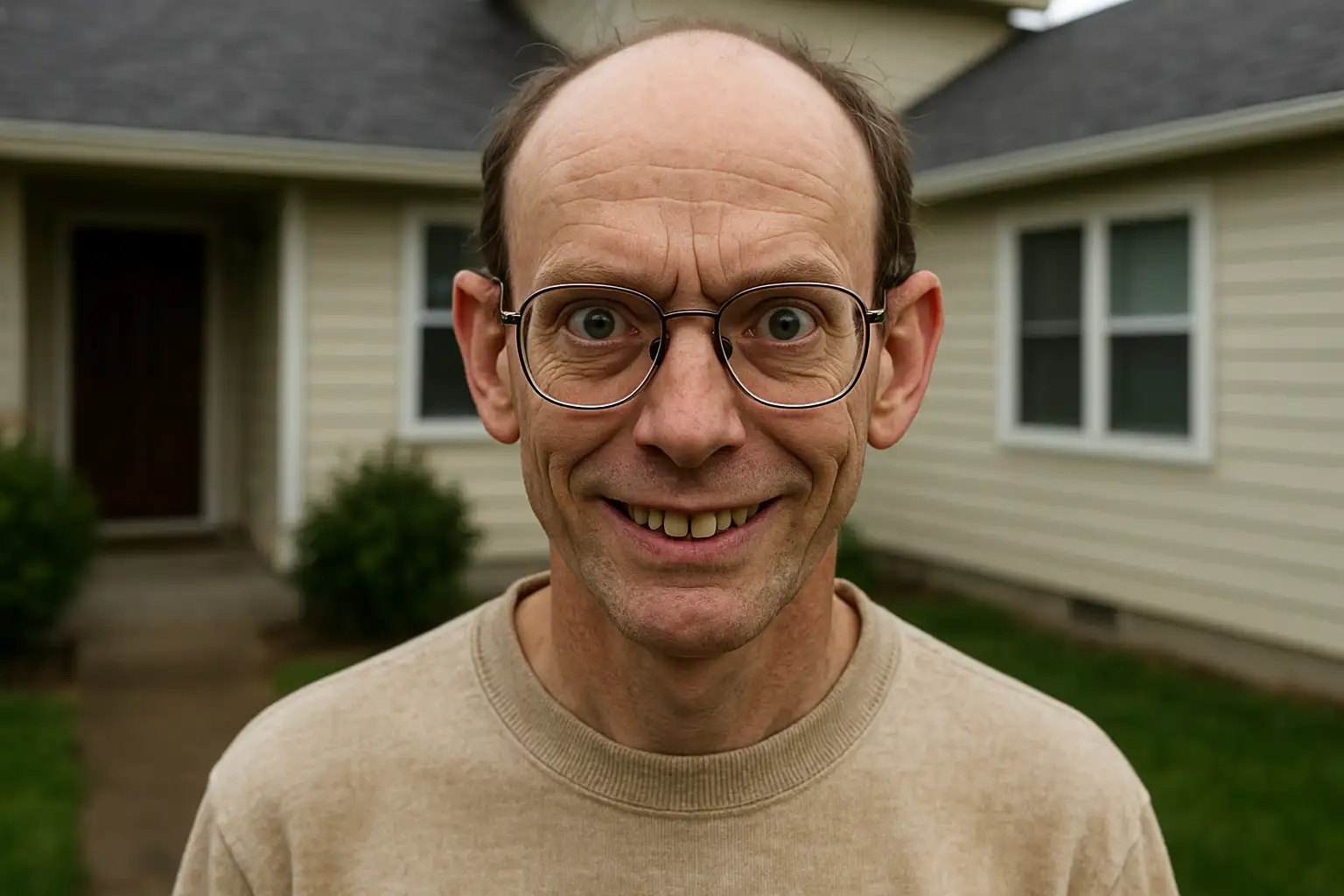
It’s wild. We built places where isolation is the norm and then wonder why everyone feels disconnected.
It Doesn’t Have to Be This Way
Here’s the good news: boring isn’t permanent.
Some places are starting to remember what makes neighborhoods work and it’s not 40-foot setbacks or mandatory garages. It’s walkability. It’s local character. It’s the little things that bring people together instead of keeping them apart.
You see it in cities tweaking their zoning codes to allow corner stores again. In neighborhoods where housing types are mixed with duplexes, triplexes, backyard cottages. You see it in places building streets for people, not just traffic counts.
Even newer developments are getting it right with human-scale buildings, front porches, mixed-use blocks, public plazas, shade trees that actually provide shade. It really isn't rocket science (though if you read some planning articles you may think it is). It's simply urbanism with a pulse.
The truth is, American neighborhoods are boring because we designed them that way. But we don’t have to keep doing it.
We can build places that spark connection, joy, curiosity, and yes, maybe even a little chaos (the good kind). Neighborhoods that make you want to go outside. That give you stories. That feel alive.
It’s not about nostalgia. It’s about remembering that people make places and people are anything but boring.
Here's something that help make your neighborhood less boring - What is "Missing Middle Housing.
%20(1200%20x%20237%20px)%20(300%20x%2059%20px).webp)
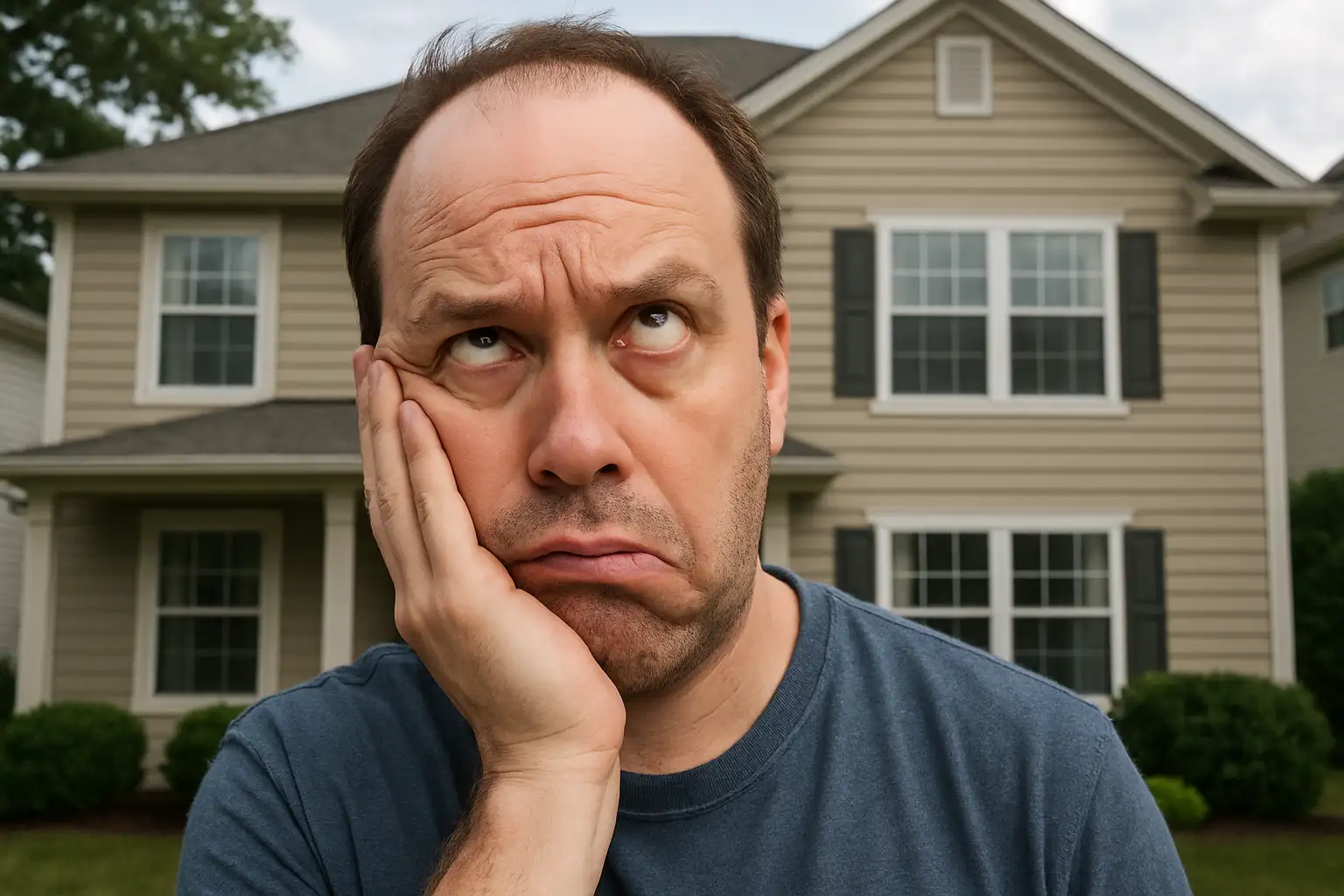
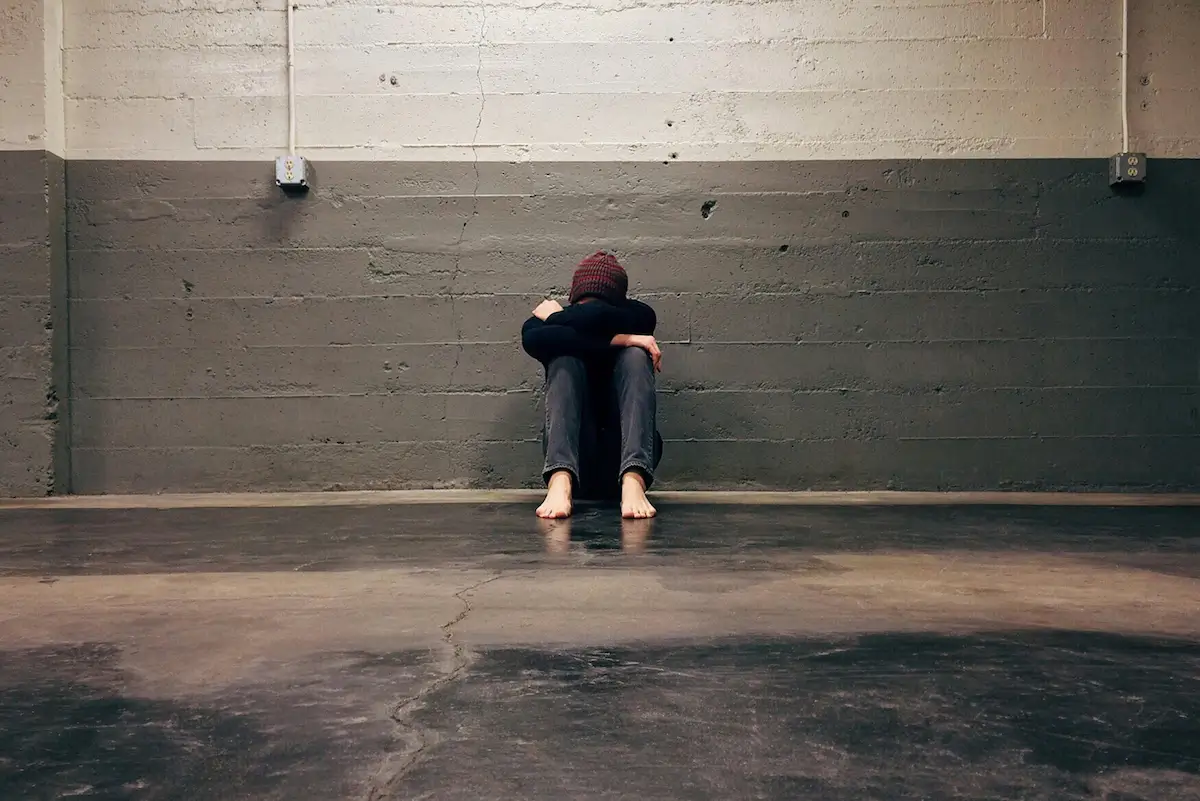
.webp)

